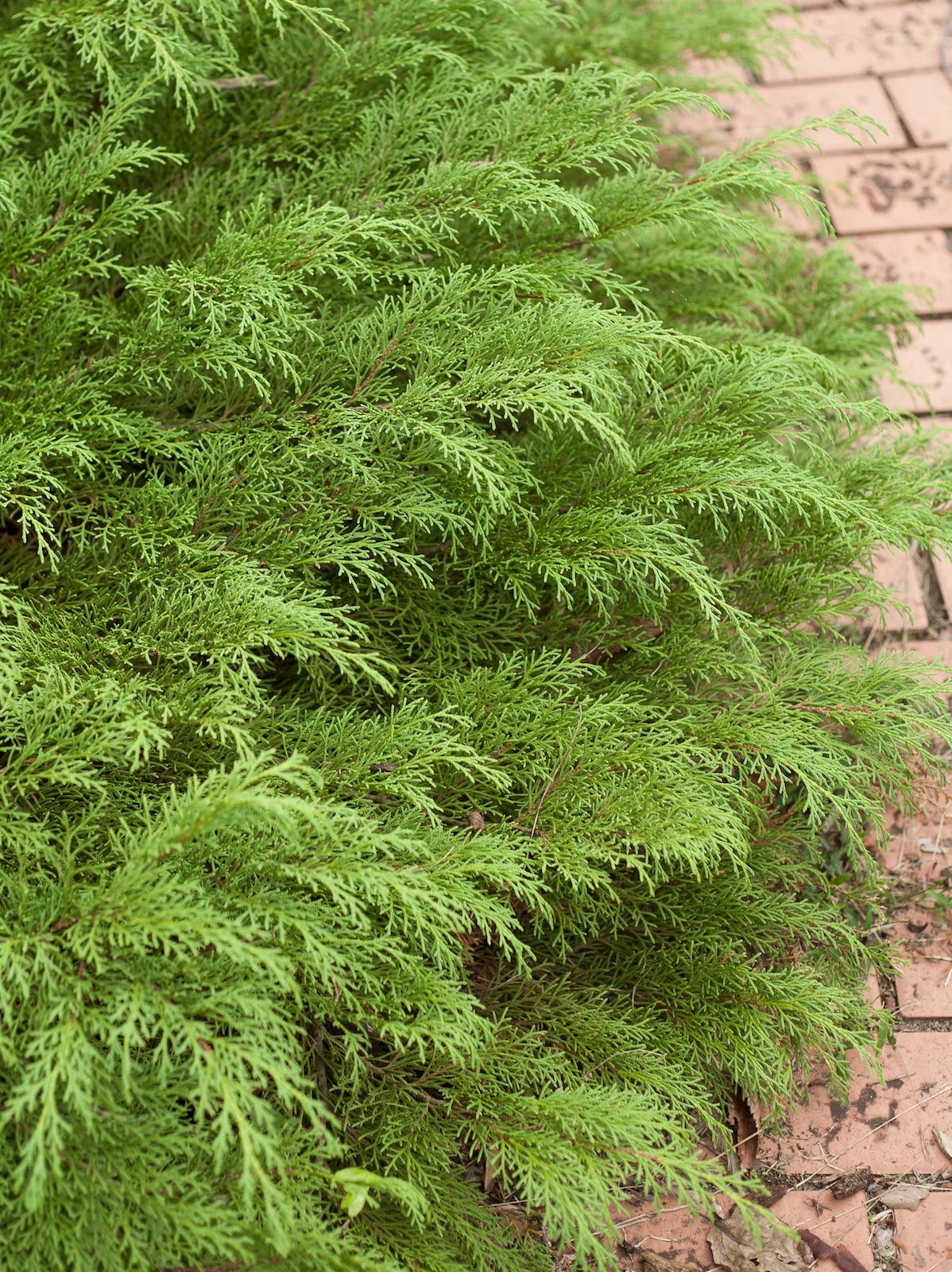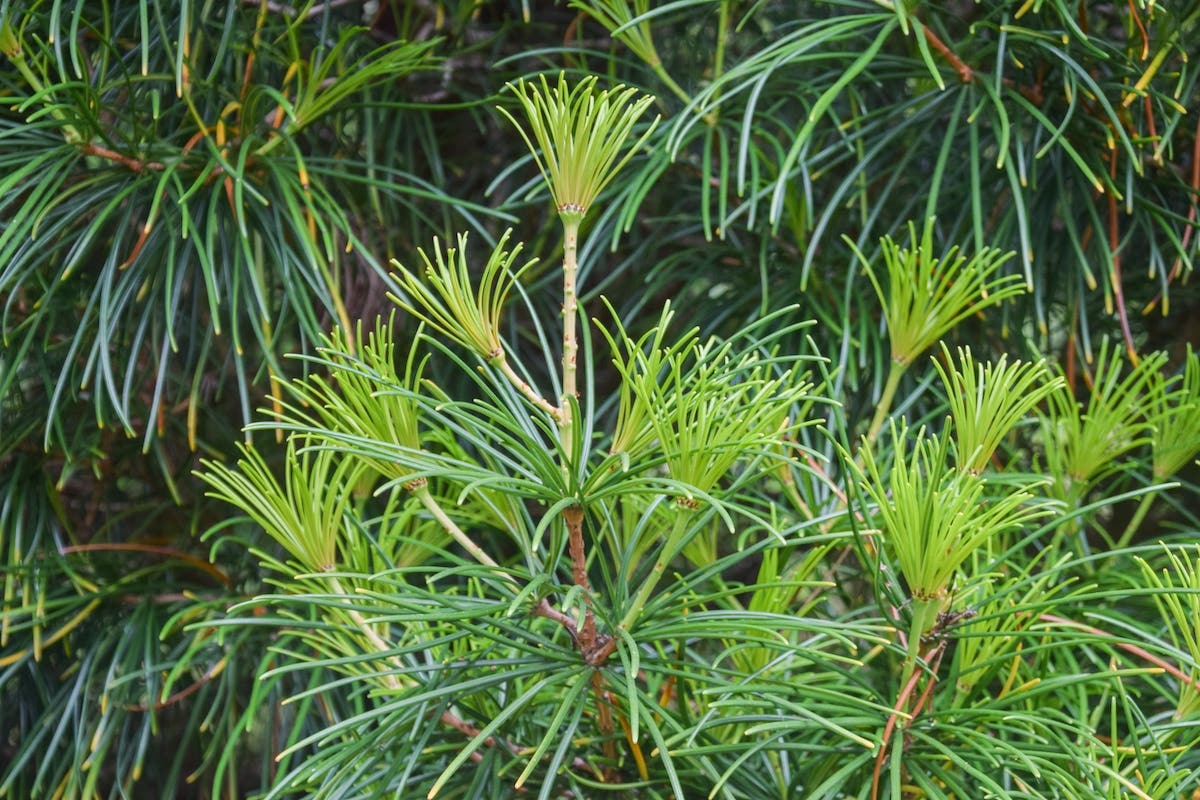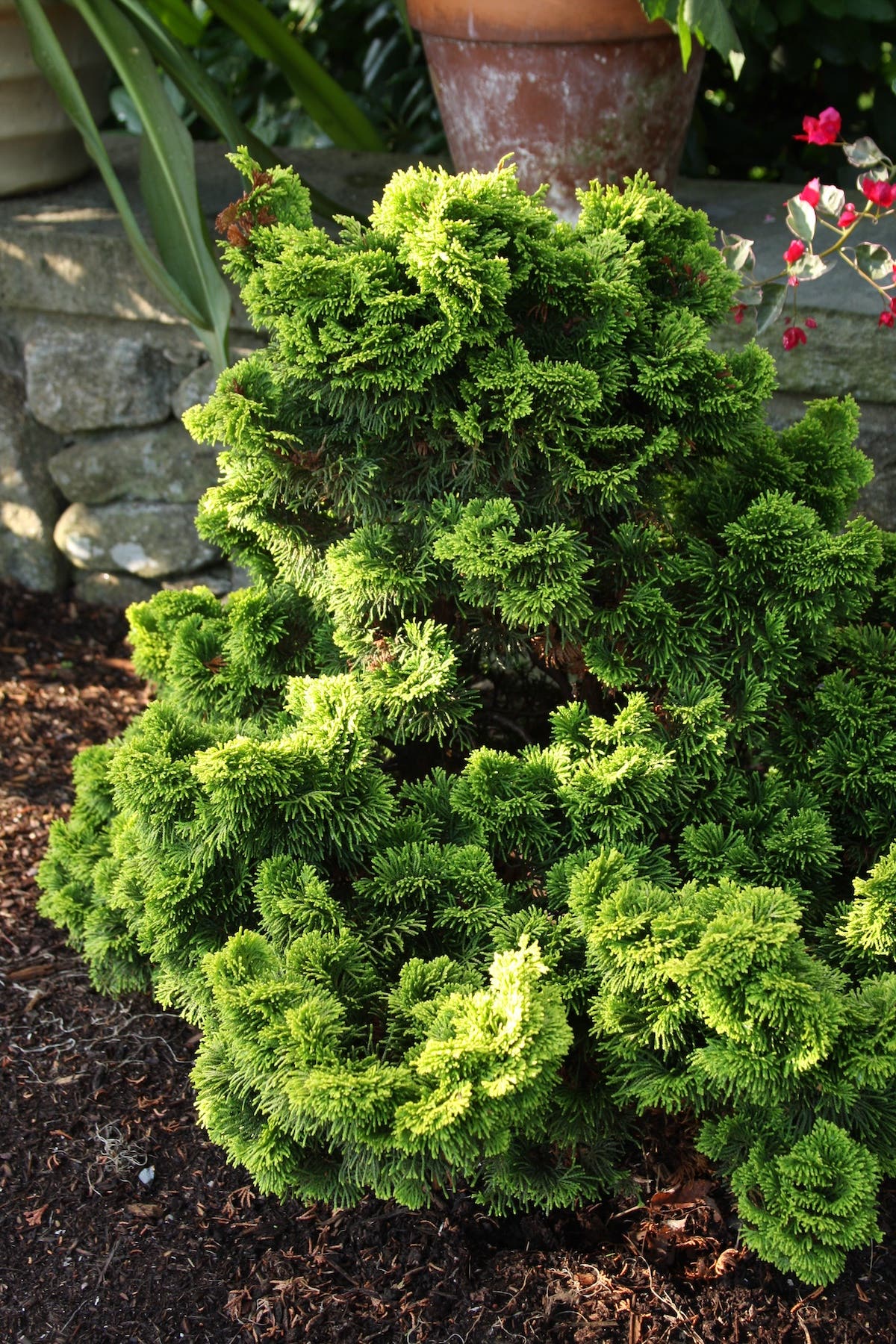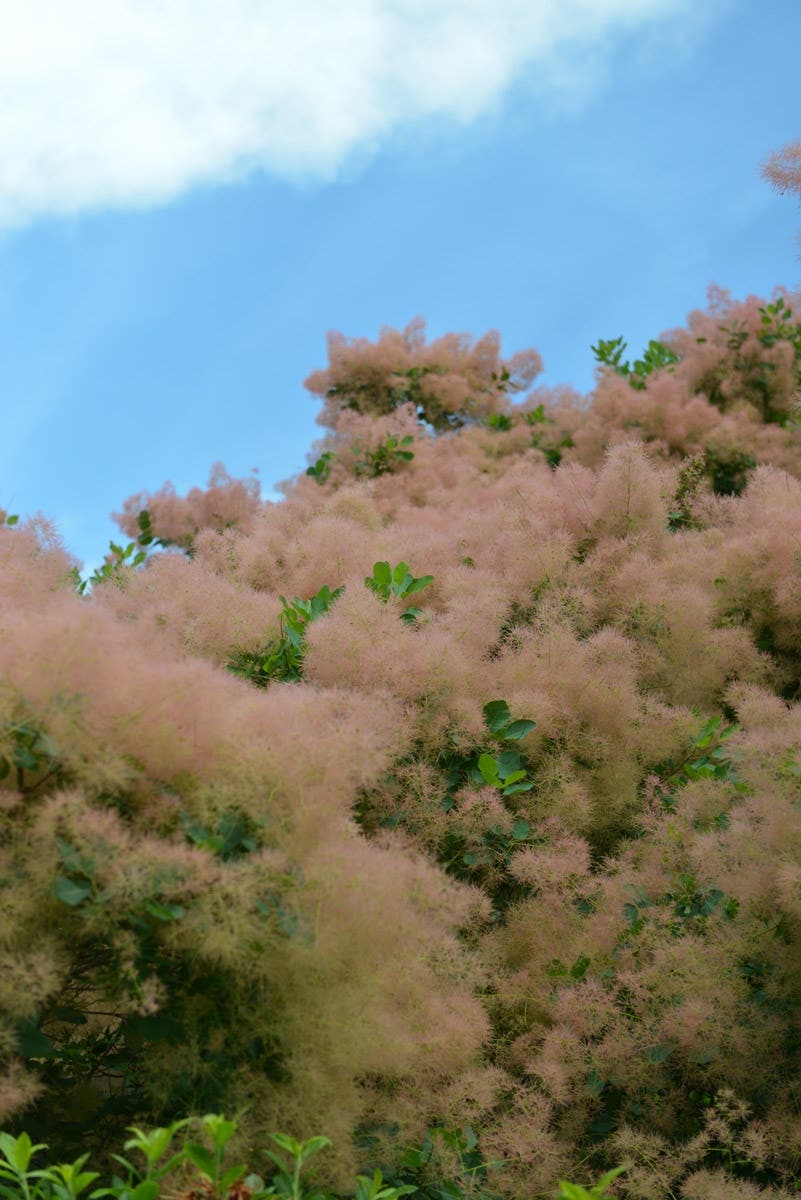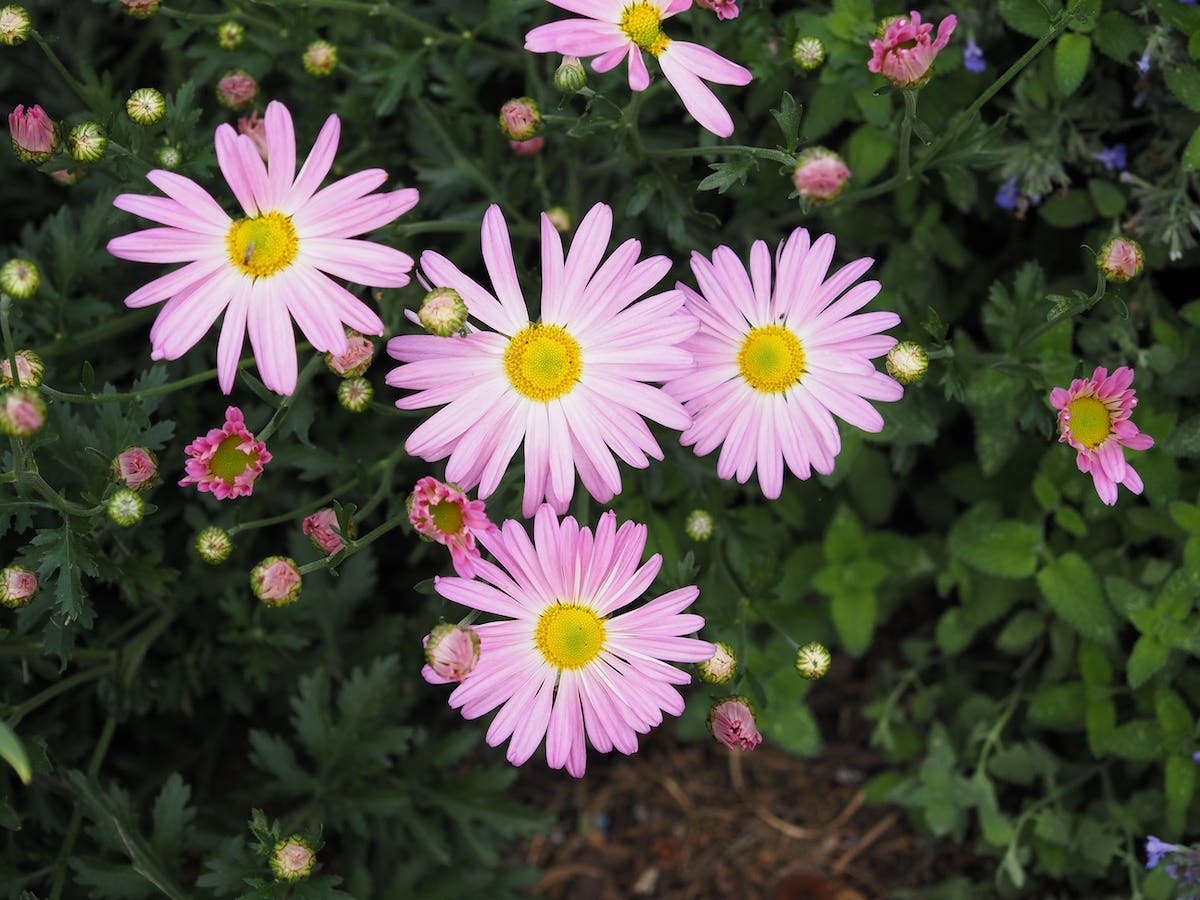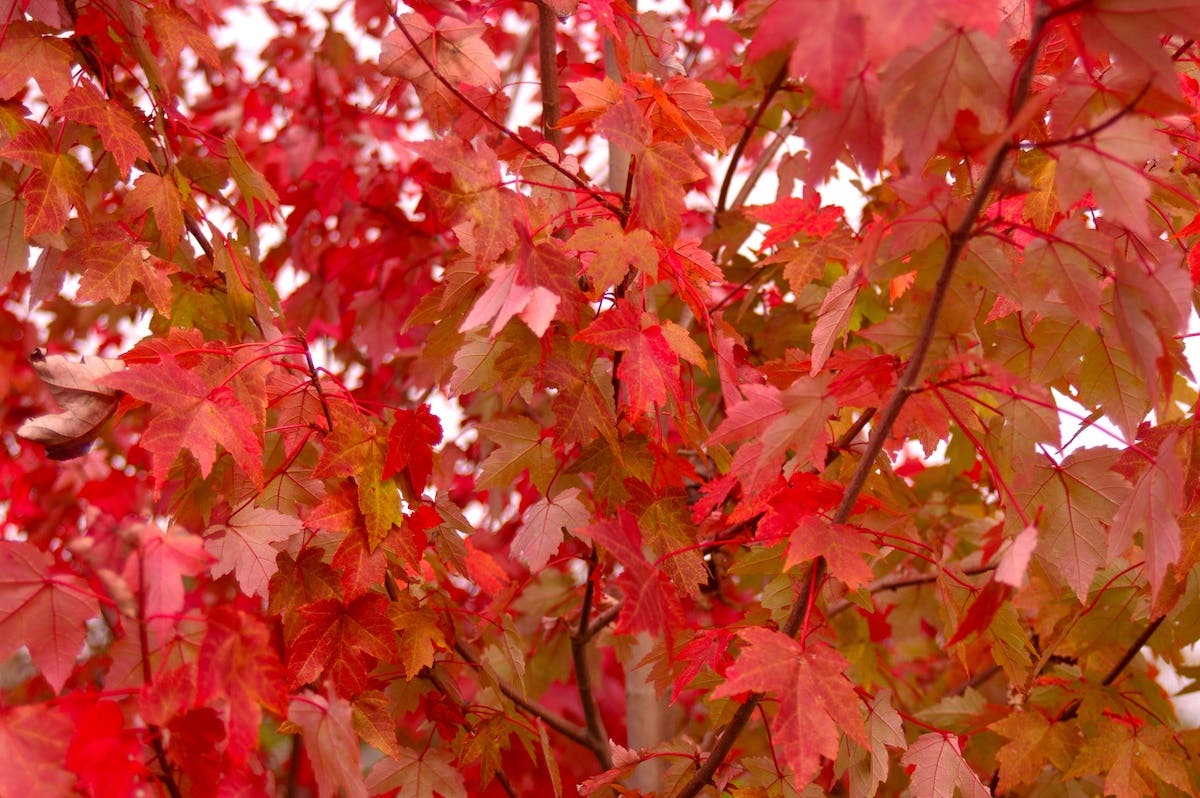American Cranberrybush Benefits Birds and Other Garden Wildlife
Plant American cranberrybush in a wildlife-friendly garden, where its spring flowers and fall berries will support pollinators and birds. A handsome and easy-care shrub!
American cranberrybush (Viburnum opulus var. americanum) makes a worthwhile addition to a bird garden, rain garden or woodland edge. This northern native shrub provides showy spring flowers, attractive foliage and vivid fall fruit. Its flowers feed pollinators, and it's also a larval host plant for moths and butterflies.
Related: Find lots of bird- and insect-related plant recommendations and gardening advice in our Beneficial Wildlife section.
Common name: American cranberrybush, highbush cranberry
Botanical name: Viburnum opulus var. americanum; syn. Viburnum trilobum
Origin: Woods, thickets and riverbanks of roughly the northern half of the United States and throughout Canada.
Flowers/fruits: Round, flat-topped, three-inch-wide white flower heads, made up of numerous fertile and sterile florets, appear in mid-spring. Located in the middle of the flower head, the fertile florets are tiny. The surrounding sterile florets are larger and attention-getting. Clusters of oval-shaped fruits ripen to deep red in fall. These are edible and a favorite of birds.
Related: The witherod viburnum is also loved by birds, but its fruits turn unique shades of pink and purple.
Foliage: Rounded and toothed, with three distinct lobes that give it a maple-leaf appearance. The leaf color is medium green through the growing season, changing to yellowish or purplish red in the fall.
Size and habit: This is a deciduous shrub that stands 8 to 12 feet tall and wide at maturity, with a rounded habit formed by dense upright to arching stems.
Related: In a smaller space, try the viburnum called Steady Eddy.
Growing American cranberrybush
Exposure: Full sun to part shade
How to grow it: Plant the easy-to-grow American cranberrybush in full sun or part shade and average, well-drained soil. It prefers regular moisture and can take short periods of flooding. An annual topdressing of compost or leaf mould to boost soil fertility and texture will support its best flowering and fruiting. Unlike many garden viburnums, this species does not require a partner plant in order to set fruit; its flowers are self-fertile. USDA Zones 2–7.
Related: For a viburnum with more heat tolerance and blue-black fruits, check out Viburnum dentatum Chicago Lustre.
Image credits: Fruit by Cephas - Own work, CC BY-SA 4.0; Flowers by Cephas - Own work, CC BY-SA 4.0


